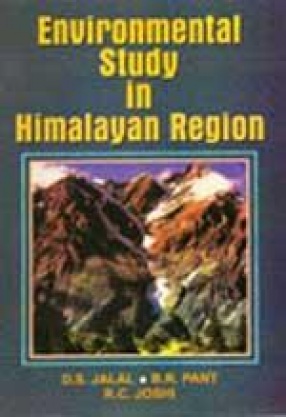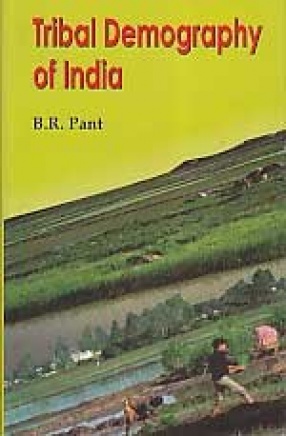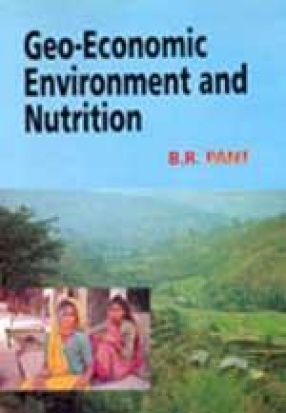Complex and intricate problems arising from land degradation in Himalaya have made environmentalists conscious of the immediate need of conservation and optimal use of the land resource. On account of the formidable problems issuing from the stagnant and deteriorating agricultural conditions, the ever increasing pressure of population on limited land resource, the poor condition of livestock wealth, the serious consequences of thoughtless deforestation, indiscriminate grazing and consequent soil leaching, erosion, landslides, rockfalls, floods and siltation, have made the need of landuse planning more than ever necessary.A comprehensive survey of these problems should ultimately be conducted individually besides taking the country as a whole. Plan for improvements should therefore be based on carefully prepared local surveys. The present work is an attempt at filling a part of this need. A attempt is made here at presenting a vivid account such as Geology, Morphometry, Rainfall, Temperature, Natural vegetation, Soil Type, Soil Erosion, Landslides, population in general and agricultural landuse of Kotadun which is characterised by highly undulating topography to the north and represents the landuse characteristic of outer Himalaya in particular.For further details three sample villages are selected at random from three well identified physical strata of dun floor or valleys, midslops and uplands. The conclusion about agricultural efficiency, land evaluation, nutrition, and deficiency diseases are based on the findings pertaining to the sample villages. It would be valuable contribution to the existing knowledge on Himalayan Environment.
Environmental Study in Himalayan Region
In stock
Free & Quick Delivery Worldwide
reviews
Bibliographic information
Title
Environmental Study in Himalayan Region
Author
Edition
1st ed.
Publisher
ISBN
9788126109364
Length
xiv+239p., 23cm.
Subjects








There are no reviews yet.